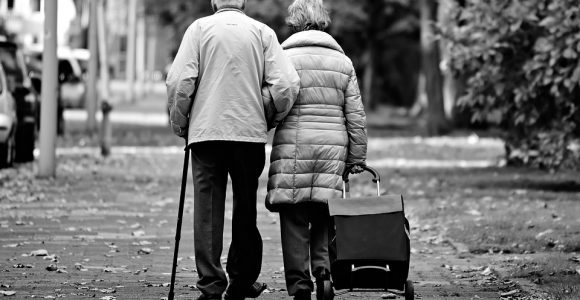Global Elderly Care Systems

Improving healthcare and quality of life have been the major triggers for the world’s aging population, so it’s never been more important for elderly people to be well looked after to keep them happy and comfortable in their twilight years. Care systems for the elderly differ by country, with some more reliant on state care than others. There are now even elder care business opportunities for those who want to help their community and provide that much-needed support for the elderly during their later years.
All the services are usually aimed at improving the quality of life for the seniors. If you are a family member looking to take care of the older people at home without the need of a separate caregiver, you can explore the option of family caregiving. You can also navigate through the perks like Government Assistance for Family Caregivers in PA or nearby to offer comfort at reduced healthcare costs. This may ensure a deeper understanding and emotional bonding with them, during the daily activities such as bathing, dressing, and others. Besides, companionship during the elder years can also help in promoting their mental health.
Acorn Stairlifts, specialist stairlift retailer, explores how our approach to caring for the elderly differs around the globe.
US
In the United States, the healthcare system for elderly people is mainly a private system like this Senior home care in Allentown, PA. There is also a program known as Medicaid offering assistance with medical costs for those with limited resources and it covers nursing home care. Nursing homes are normally funded by private healthcare. 11.2% of women over the age of 85 lived in a nursing home in 2014 and this figure stood at 6.1% for men of the same age group.
UK
Differences within the UK’s care systems occur by region. For example, in Northern Ireland, in-home care is free for people aged 75 and above. In Scotland, personal care is free if they are assessed as needing help for tasks like washing, dressing, and preparing meals for over 65s. Sometimes older people are reluctant to accept care. In order to counter this trend, the UK seems to have a remarkable network of home care centers (you may want to check out “best care agency in Watford“) capable of aiding elders who may have chronic illnesses, dementia, or other health challenges.
Canada
In Canada nurses are heavily relied on for elderly care. More Canadians are taking on the role of caregiver and offering informal care for their own parents in a bid to ease the increased pressure on nurses and carers. Canada has invested more funds into drugs rather than hospitals and physicians over the past 30 years and this could count towards their aging population, otherwise much of the Canadian health care system is funded by taxpayers.
Italy
In Italy the care of elders is believed to be the responsibility of a person’s family, therefore rendering care homes less popular than in other countries. Italian institutions often only intervene if the elderly person has no family to care of them. The 1990s saw a greater focus given to elderly people and their specific needs which resulted in the introduction of a new framework which includes home care, day centres and nursing homes. Currently, over 5% of older Italians use home care services.
Belgium
In Belgium a public system funded by taxes and contributions from the general public is used to care for the elderly, with a large amount of informal care offered by family members of elderly residents. Service flats are available in the country, where the elderly can live within their own space while having access to useful facilities such as home help and cooked meals if they are in need of it.
Germany
Germany in particular has an aging population with recent predictions suggesting that there will be more than 23 million citizens over the age of 65 by 2035. In response, the country has established an initiative through which refugees are partnered with their elderly population, via a training scheme which teaches refugees how to care for the elderly.
Cohabiting is another scheme put in place, so too multi-generation houses which feature a kindergarten, a social centre for the elderly and somewhere for young families to socialise with their loved ones.



